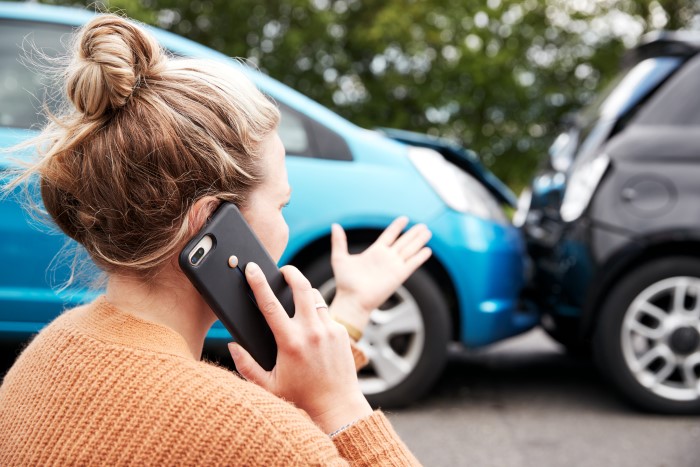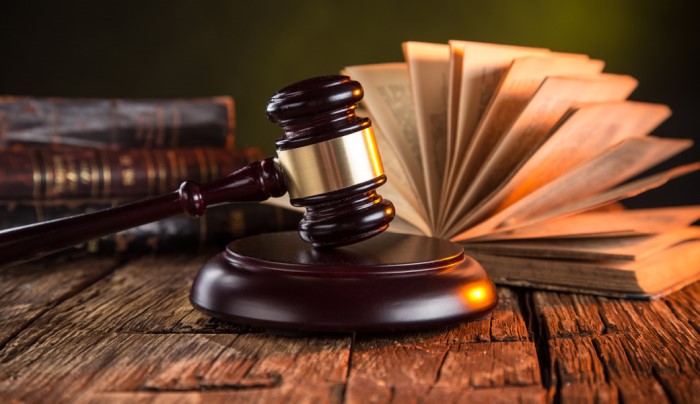A car accident immediately throws you into a labyrinth of legal complexities. You have loads of paperwork to compile, insurance laws to grasp, court procedures to master, and a claim to fight for. It might feel overwhelming, especially if the accident inflicted physical pain and emotional distress. But that outcome is better in comparison to the 1.19 million people who die annually from road accidents. Therefore, when facing a legal fiasco due to a car accident, master the courage to go through the required processes.
This article outlines a step-by-step guide on what you need to do after an accident. With this knowledge, you can make informed decisions, so read on.
1. Immediate aftermath
There’s a lot to do while still at the scene of the accident.
Seeking safety and evidence
Immediately after a car accident happens, secure the scene to gather necessary evidence before it’s eroded. Inspect the involved persons for injuries. If anyone is in dire condition, call emergency services without delay. Prompt treatment places the victims out of harm’s way and also serves as a testament to the severity of the injuries.
The next critical thing to do is gather information. Firstly, note the contact details of the drivers involved, including phone numbers, full names, and insurance information. If any drivers or pedestrians saw what happened, record their statements and save their telephone numbers. Their narrations will help uncover the events leading to the crash.
Snap photos of the scene, mixing close-ups of damaged parts and wide-angle views of all vehicles involved. Moreover, take note of the weather conditions, road layout, and other crucial external factors that might have affected drivers’ judgment and reaction.
Calling your attorney at this juncture may also help, especially if you’re confused about what to do and what not to do. In complex cases, you may need the lawyer to rush to the scene to understand the context. Thus, if you’re in the San Fernando Valley of Los Angeles, a Glendale car accident lawyer can help you out.
Medical attention
Seeking professional medical assessment is critical. Even if you don’t feel pain or see injuries, make a point of going for a checkup. It helps unearth internal swellings or dislocations that aren’t visible superficially. This establishes a baseline for any future complications that may arise. It’ll also help you legally document your injuries.
Contacting insurance
Your auto insurance company needs to know you were involved in an accident. Give them explicit details of what transpired, but refrain from admitting fault. How you talk with the insurance firm representative will significantly affect the outcome of your claim.
2. Building your case
After the above preliminary reactions, you can go ahead and build a solid case with a high potential of winning a reasonable settlement amount.
Gathering evidence
First, get a copy of the police report. As is common practice, you can’t leave the accident scene until these government officials come and make their assessment. The report usually details the date, time, and location of the accident, plus witness statements and the officer’s assessment. It’s the backbone for your claim.
Medical records are crucial, too. Compile all medical-related documents issued by your doctor since the accident happened. This includes diagnosis sheets, medication prescriptions, and receipts. These documents prove the severity of your injuries.
Get signed witness accounts. They offer an unbiased third-party perspective of the happenings.
Consulting an attorney
Attorneys offer guidance regarding the legalities around motor vehicle accidents. Below are some of their key roles:
- Sensitizing you about your legal entitlements and options
- Communicating and negotiating with insurance companies
- Representing you in court if the case advances to this stage
Their expertise can help tilt the case to your advantage.
Understanding damages
It helps to know what damages can be compensated for. Here’s a breakdown:
- Medical expenses: This comprises past, current, and forthcoming treatments arising from the car crash.
- Lost wages: If you can’t work as usual after the accident, you need to recover the lost income.
- Property damage: Repair expenses for damaged vehicles are usually catered for in the claim settlement.
- Pain and suffering: Though hard to quantify, emotional distress deserves compensation.
Knowing these types of recoverable damages helps you build a solid case and get a reasonable payout. On average, settlements vary between USD$20,000 and USD$25,000.

3. Negotiating resolution
Your lawyer will lead talks with the insurance company of the other driver who was involved in the accident. A common practice among insurers is quickly offering a lower-than-deserved settlement, hoping you’ll accept it. Don’t rush to accept this, as it may not sufficiently cover your post-accident expenses.
Present indisputable evidence of damages and pitch for higher settlements. The insurance firm may bow to the pressure and raise their offer to a reasonable amount. If you fail to agree, arbitration might be your next stop. Here, a neutral mediator helps resolve the dispute between the insurer and the accident victim. It’s usually quicker and less formal than in-court proceedings.
Moving to court
Filing a lawsuit is the next action to take after negotiations fail. First, you need to make a formal complaint to the court highlighting your predicament. Then, both parties are allowed to exchange evidence and witness information. Finally, court appearances kick-off, where you present evidence to the jury. It takes about six to 12 months before your case goes to trial. So, you need to exercise patience. After a thorough analysis of the facts, they’ll decide whether or not you deserve the compensation.
4. Courtroom confidence
Understanding what will happen in court is crucial.
Different phases of the trial
- Jury selection: Lawyers evaluate shortlisted jurors for biases and fairness to uphold impartiality.
- Opening statements: Lawyers highlight the main points of the case.
- Witness testimony: People who were present at the accident scene recount what happened.
- Closing arguments: Lawyers argue their case to convince the jury to rule in their favor.
- Jury deliberation: The judges put their heads together to make a ruling.
Maintaining professionalism
It is always crucial to practice proper behavior while in court. Dress formally to be in tune with the seriousness of the sessions. Always arrive slightly earlier than the stipulated start times. Maintain respect with all persons you meet at the court.
Post-trial outcome
Finally, the verdict will be announced. It might be in your favor or to your disadvantage. Whatever the outcome, keep your calm. It’s normal to feel angry if you’re denied the claim or if the settlement amount is less than expected. Consult your lawyer about the next steps. They may advise you to appeal or leave it at that.
Conclusion
Knowing the entire legal process from the time you get an accident up to the courtroom is essential. It helps you handle the case confidently, increasing your chances of winning. A car accident attorney should be able to guide you through the intricacies if you’re not well-versed in them.




